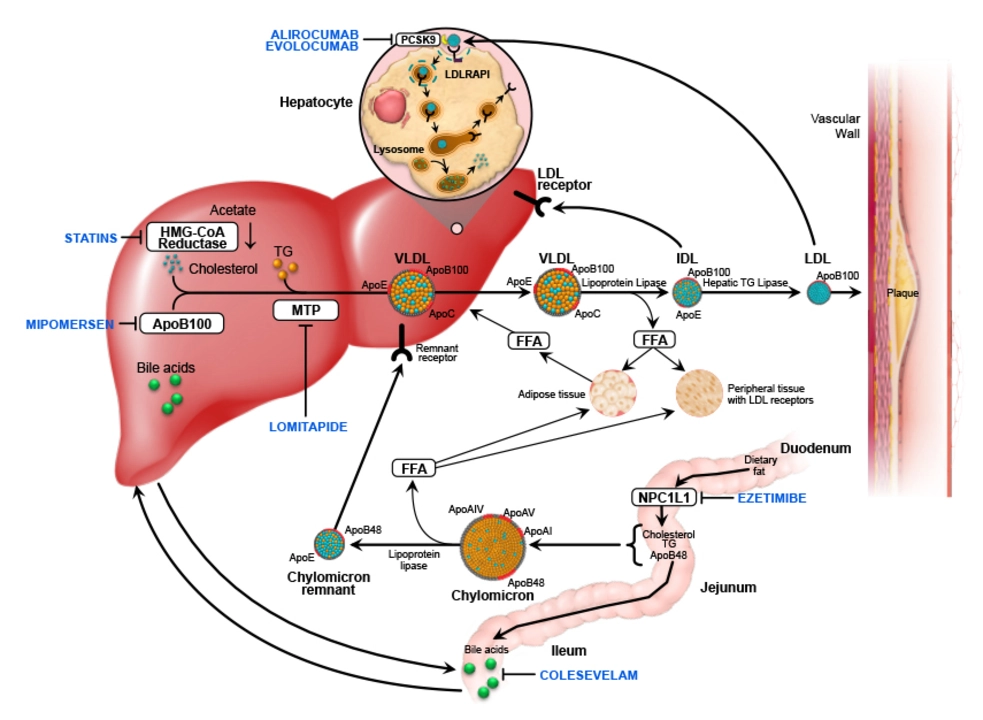Cholesterol: what to watch and how to act
High cholesterol usually gives no symptoms. That’s the problem — it quietly raises your risk for heart attack and stroke. Knowing your numbers and taking simple steps can make a big difference fast.
Know your numbers
Get a fasting lipid panel from your doctor: total cholesterol, LDL, HDL and triglycerides. Quick targets most doctors use: LDL under 100 mg/dL for average risk (under 70 if you have heart disease), HDL above 40 mg/dL for men and 50 mg/dL for women, and total cholesterol under 200 mg/dL. Bring your results to appointments and ask how they fit your personal risk.
Eat and move to lower LDL
Small food changes matter. Swap processed snacks and fatty meats for oats, beans, barley, nuts, and fatty fish (like salmon). These add soluble fiber and omega-3s, which help lower LDL and triglycerides. Use olive oil instead of butter, and aim for two servings of fatty fish per week.
Cut back on saturated fat (think fatty cuts, full-fat dairy) and avoid trans fats (check labels for “partially hydrogenated”). Plant sterols and stanols — 2 grams per day from fortified spreads or supplements — can reduce LDL by a measurable amount.
Move more. Try 30 minutes of moderate exercise most days. Weight loss of 5–10% often improves cholesterol numbers and blood sugar too.
Consider these supplements with care: soluble fiber (psyllium) can lower LDL; fish oil helps high triglycerides; red yeast rice lowers LDL but acts like a low-dose statin and can interact with other drugs. Talk with your doctor before starting anything.
If lifestyle changes aren’t enough, medications work. Statins are the first line — they lower LDL and reduce heart events. Common side effects include muscle aches and rare liver changes. Your doctor may monitor liver tests and ask about muscle pain. Other options include ezetimibe, PCSK9 inhibitors, and bile acid sequestrants, depending on your risk and tolerance.
Buying meds online? Be careful. Only use licensed pharmacies that require a prescription, show clear contact info, and have pharmacist access. Read reviews and look for verification on the site. Our reviews cover pharmacy safety and how to spot scams.
Simple checklist: get tested, change one food at a time, move regularly, ask about supplements, and talk to your doctor about statins if your LDL stays high. Small, consistent steps keep your arteries clearer and your risk lower — and that’s easier than you think.
As a blogger, I recently came across an interesting topic regarding the role of Fenofibrate in treating Familial Hypercholesterolemia (FH). FH is a genetic disorder that leads to dangerously high cholesterol levels, increasing the risk of heart disease. Fenofibrate, a medication commonly used to lower cholesterol, has shown promise in managing this condition. It works by reducing the production of triglycerides and increasing the removal of cholesterol from the bloodstream. In conclusion, Fenofibrate appears to be a valuable tool in the fight against Familial Hypercholesterolemia, offering potential benefits to those affected by this challenging disorder.

